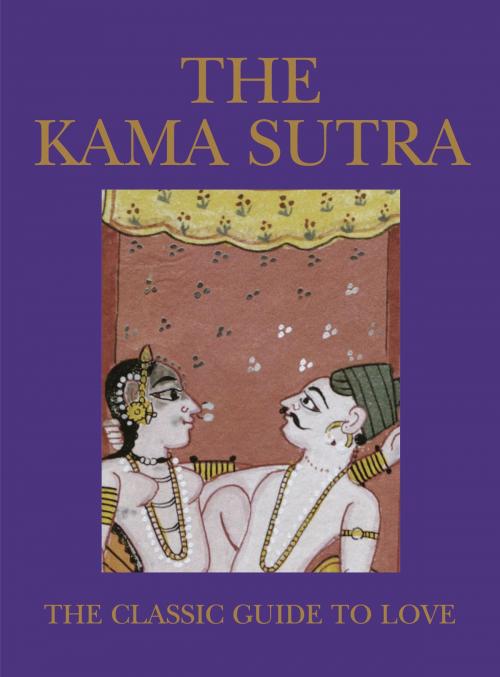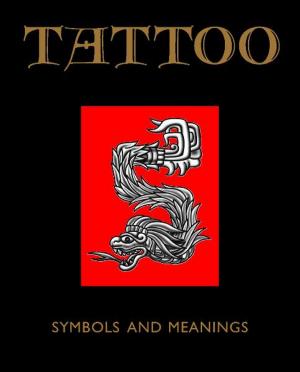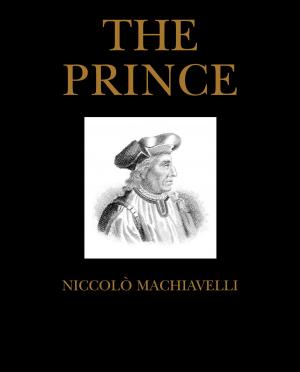Kama Sutra
The Classic Guide to Love
Nonfiction, History, Asian, India, Religion & Spirituality, Philosophy, Mind & Body, Health & Well Being, Health| Author: | Vatsyayana | ISBN: | 9781909160620 |
| Publisher: | Amber Books Ltd | Publication: | December 15, 2009 |
| Imprint: | Amber Books | Language: | English |
| Author: | Vatsyayana |
| ISBN: | 9781909160620 |
| Publisher: | Amber Books Ltd |
| Publication: | December 15, 2009 |
| Imprint: | Amber Books |
| Language: | English |
Written in India in Sanskrit between 400BCE and 300CE by the philosopher Vatsyayana, the Kama Sutra is the classic work on love, marriage and sex. Not only of historical interest, much of what it has to say on marriage and sex is still valid today. And although famous for its chapter on sexual pleasure, the Kama Sutra actually addresses many topics, such as what to look for in a wife, how a woman can learn to control men, what artistic skills and hobbies a wife should develop, how an unattractive man can go about attracting a woman, dealing with arguments, and how to interpret a womans behaviour. Including editorial notes, this abridged edition of the Kama Sutra features extracts from each chapter of the book. Illustrating the text are more than 30 classic Indian paintings from a 16th century edition of the book. Of immense importance to millions of people over centuries, the Kama Sutra is a classic text richly deserving this splendid edition.
Written in India in Sanskrit between 400BCE and 300CE by the philosopher Vatsyayana, the Kama Sutra is the classic work on love, marriage and sex. Not only of historical interest, much of what it has to say on marriage and sex is still valid today. And although famous for its chapter on sexual pleasure, the Kama Sutra actually addresses many topics, such as what to look for in a wife, how a woman can learn to control men, what artistic skills and hobbies a wife should develop, how an unattractive man can go about attracting a woman, dealing with arguments, and how to interpret a womans behaviour. Including editorial notes, this abridged edition of the Kama Sutra features extracts from each chapter of the book. Illustrating the text are more than 30 classic Indian paintings from a 16th century edition of the book. Of immense importance to millions of people over centuries, the Kama Sutra is a classic text richly deserving this splendid edition.















